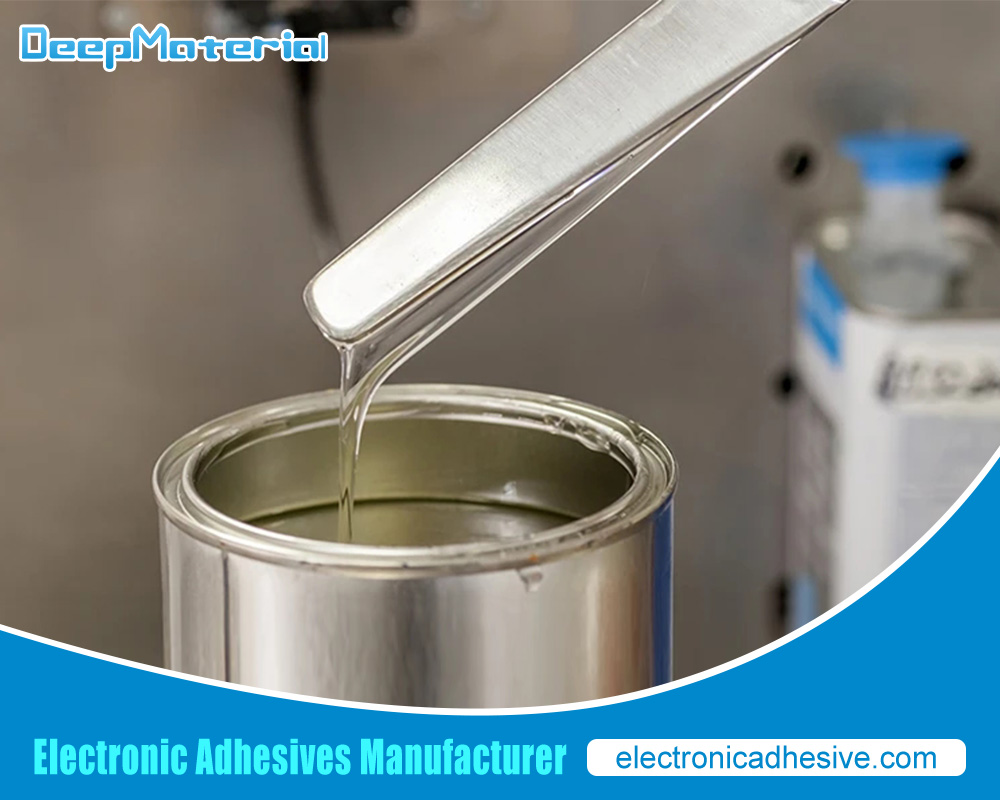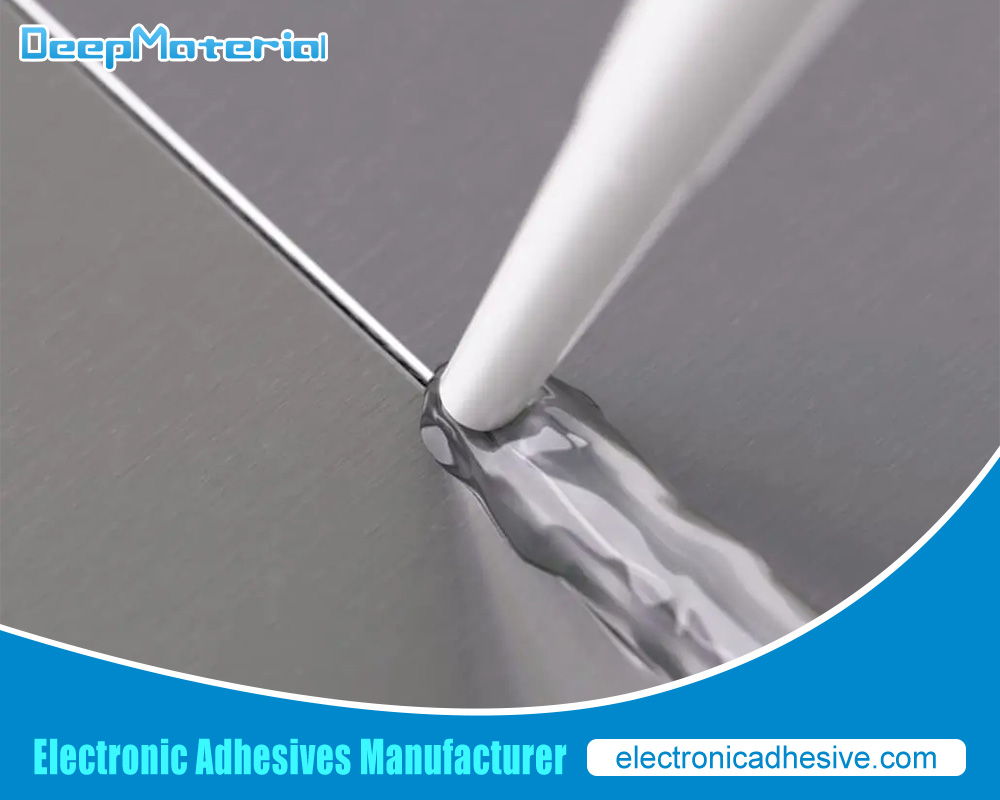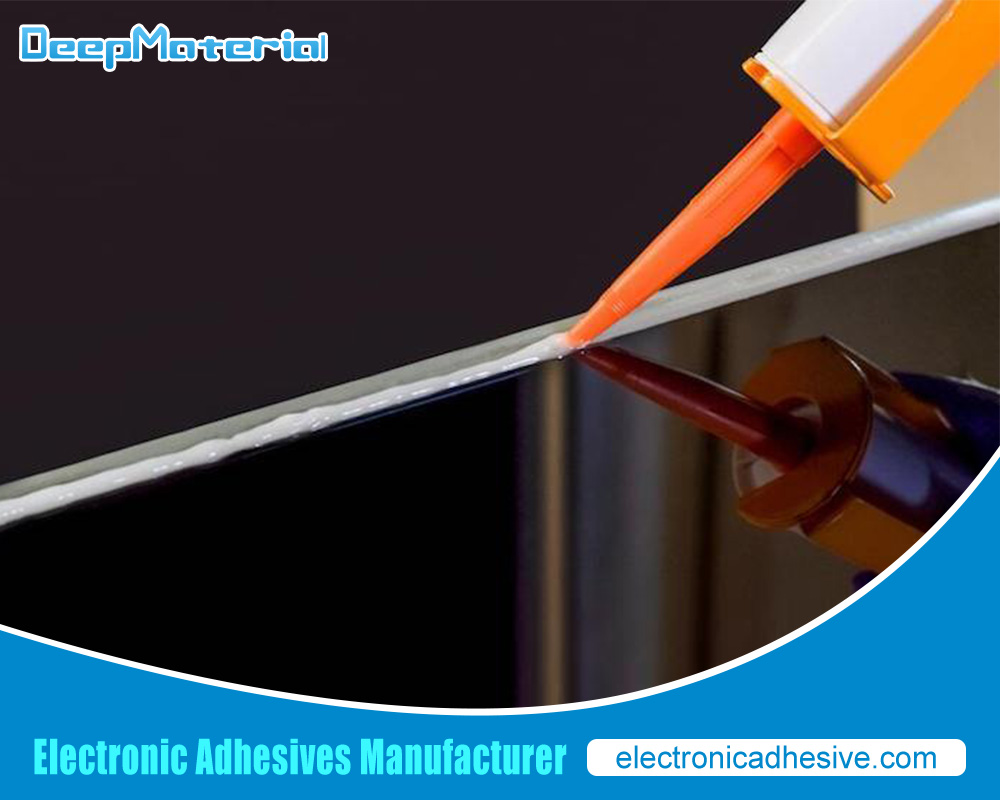Liquid Epoxy Capillary Underfill Market: An In-depth Analysis
Liquid Epoxy Capillary Underfill Market: An In-depth Analysis
The liquid epoxy capillary underfill market is experiencing significant growth, driven by the increasing demand for miniaturized electronic devices, the evolution of advanced semiconductor technologies, and the need for reliable electronic packaging. Capillary underfill is an essential material used in electronic components to protect delicate parts from thermal and mechanical stresses. These materials, predominantly liquid epoxy underfill, play a crucial role in enhancing the durability and lifespan of electronic devices, particularly in the context of chip packaging technologies such as flip-chip assemblies and ball grid arrays (BGAs).
This article will explore the dynamics of the liquid epoxy capillary underfill market, including market drivers, challenges, critical applications, and the competitive landscape. We will also examine the key trends shaping the future of the market and provide insights into the growth prospects of this rapidly evolving industry.
Market Drivers
Growing Demand for Miniaturized Electronics
The increasing consumer demand for smaller, faster, and more powerful electronic devices is a crucial driver of the liquid epoxy capillary underfill market. Modern electronics, particularly smartphones, wearables, and IoT devices, are designed with densely packed components that require robust protection. As the size of electronic devices continues to shrink, the need for reliable underfill solutions that can provide mechanical strength and thermal stability grows, thus driving the demand for liquid epoxy capillary underfills.
Advancements in Semiconductor Packaging Technologies
Semiconductor packaging technologies have significantly advanced, with flip-chip and wafer-level packaging (WLP) gaining traction recently. These technologies allow for higher performance, better heat dissipation, and reduced space requirements. However, they also present unique challenges in terms of mechanical stress and thermal management. Liquid epoxy capillary underfill materials are widely used in these packaging processes to fill the gaps between the chip and the substrate, providing critical protection against temperature fluctuations, mechanical shocks, and vibrations. The rise of advanced packaging technologies is a crucial factor contributing to the growth of the liquid epoxy underfill market.
Increasing Adoption of 5G Technology
The global rollout of 5G networks is another significant driver of the liquid epoxy capillary underfill market. 5G technology requires advanced electronic components, including high-frequency semiconductor devices more susceptible to thermal and mechanical stresses. To ensure the reliability of 5G-enabled devices, manufacturers are increasingly turning to liquid epoxy underfill materials for their superior protective properties. As 5G technology continues to be deployed worldwide, the demand for liquid epoxy underfill materials is expected to rise.
Rise of IoT and Automotive Electronics
The Internet of Things (IoT) is rapidly expanding, with a growing number of connected devices being integrated into everyday life. IoT devices, from smart home devices to industrial sensors, often operate in challenging environments and require robust protection. Liquid epoxy capillary underfill materials are essential in ensuring the reliability and longevity of IoT devices. Similarly, the automotive electronics sector is seeing a surge in demand for advanced electronic systems, such as driver assistance systems, infotainment systems, and electric vehicle components. The increased complexity and functionality of automotive electronics require high-performance underfill materials, further driving the market growth.

Market Challenges
High Costs of Advanced Underfill Materials
While liquid epoxy capillary underfill materials offer superior protection for electronic components, they can be expensive to manufacture and apply. Advanced underfill solutions that meet the stringent requirements of high-performance electronic devices often come at a premium cost. This can be a barrier for smaller manufacturers or those operating in price-sensitive markets. The challenge lies in developing cost-effective underfill solutions without compromising performance, especially as the demand for more affordable electronic devices grows.
Technical Limitations and Compatibility Issues
The application of liquid epoxy capillary underfill materials can present technical challenges, particularly in the context of new packaging technologies. Achieving uniform and consistent underfill deposition is critical to ensuring the reliability of the device, but this can be difficult when dealing with complex geometries or ultra-fine pitches. Additionally, compatibility issues between the underfill material and the substrate or encapsulant can lead to failures, such as delamination or cracking. Overcoming these technical limitations is essential for the continued growth of the market.
Environmental and Regulatory Concerns
The production and disposal of electronic materials, including underfill products, are subject to increasing scrutiny from environmental regulators. Using certain chemicals to formulate underfill materials may raise concerns about environmental sustainability and worker safety. As regulatory frameworks become more stringent, manufacturers must develop eco-friendly and compliant formulations that meet environmental standards without sacrificing performance.
Key Applications
Flip-Chip Packaging
Flip-chip packaging is one of the primary applications for liquid epoxy capillary underfill materials. In this packaging method, the chip is mounted upside-down on the substrate, with the solder bumps providing electrical connections. Liquid epoxy underfill fills the gaps between the chip and the substrate, providing mechanical support and protecting the delicate interconnections from thermal cycling and mechanical stresses. As flip-chip packaging continues to gain popularity due to its performance benefits, the demand for underfill materials is expected to rise.
Ball Grid Array (BGA) and Chip-Scale Packaging (CSP)
Ball Grid Array (BGA) and Chip-Scale Packaging (CSP) are widely used in electronic devices that require high I/O counts and compact form factors. These packaging technologies rely on solder balls to connect the chip to the substrate, and the reliability of these connections is critical to the device’s performance. Liquid epoxy capillary underfill materials are used to encapsulate and protect the solder joints from mechanical stresses and thermal expansion, ensuring long-term reliability.
Wafer-Level Packaging (WLP)
Wafer-level packaging (WLP) is another advanced packaging technology that uses liquid epoxy capillary underfill materials. In WLP, the entire wafer is packaged before it is cut into individual chips. Underfill materials are applied to protect the wafer and ensure that the chips can withstand the rigors of the assembly process. As WLP gains traction in the semiconductor industry, the need for high-performance underfill materials is expected to grow.
Automotive Electronics
The automotive industry increasingly relies on advanced electronic systems, from infotainment and navigation systems to sensors and control units for autonomous driving. These systems often operate in harsh environments, subject to temperature fluctuations, vibrations, and mechanical shocks. Liquid epoxy capillary underfill materials protect the sensitive electronic components in automotive systems, ensuring their reliability and longevity in demanding conditions.
Competitive Landscape
The liquid epoxy capillary underfill market is highly competitive, with several key players dominating the industry. Some leading companies in the market include Henkel AG & Co. KGaA, Namics Corporation, H.B. Fuller, Zymet, and AI Technology, Inc. These companies are focused on developing innovative underfill solutions that meet the evolving needs of the electronics industry.
To maintain their competitive edge, manufacturers are investing in research and development to create underfill materials with improved thermal performance, mechanical strength, and reliability. Additionally, companies are working to develop eco-friendly formulations that comply with environmental regulations and meet their customers’ sustainability goals.
Future Trends and Growth Prospects
The liquid epoxy capillary underfill market is poised for steady growth in the coming years, driven by several key trends:
Increased Adoption of Advanced Packaging Technologies
As semiconductor packaging technologies evolve, the demand for high-performance underfill materials will grow. The rise of 3D packaging, system-in-package (SiP) technologies, and heterogeneous integration will create new opportunities for liquid epoxy underfill materials that can meet the challenges of these advanced designs.
Growing Focus on Sustainability
Environmental sustainability is becoming a top priority for electronics manufacturers, and this trend is expected to shape the future of the liquid epoxy underfill market. Companies are likely to invest in the development of eco-friendly underfill materials that reduce the environmental impact of electronic devices while still providing the necessary protection and reliability.
Technological Innovations in Underfill Materials
Ongoing advancements in material science are expected to lead to the development of next-generation underfill materials with enhanced properties. These innovations include underfilling materials with improved thermal conductivity, lower viscosity for more straightforward applications, and better adhesion to a broader range of substrates. Technological innovations will be critical in driving the market’s future growth.

Conclusion
The liquid epoxy capillary underfill market is set to experience substantial growth as the demand for reliable, high-performance electronic packaging solutions continues to rise. Driven by advancements in semiconductor packaging technologies, the increasing adoption of 5G, and the expanding IoT and automotive electronics sectors, the market is poised for significant opportunities. However, challenges such as high costs, technical limitations, and environmental concerns must be addressed to ensure sustainable growth. By focusing on innovation and sustainability, manufacturers in the liquid epoxy underfill market can capitalize on the growing demand for miniaturized and high-performance electronic devices.
For more about choosing the Top Liquid Epoxy Capillary Underfill Market: An In-depth Analysis, you can pay a visit to DeepMaterial at https://www.electronicadhesive.com/ for more info.











